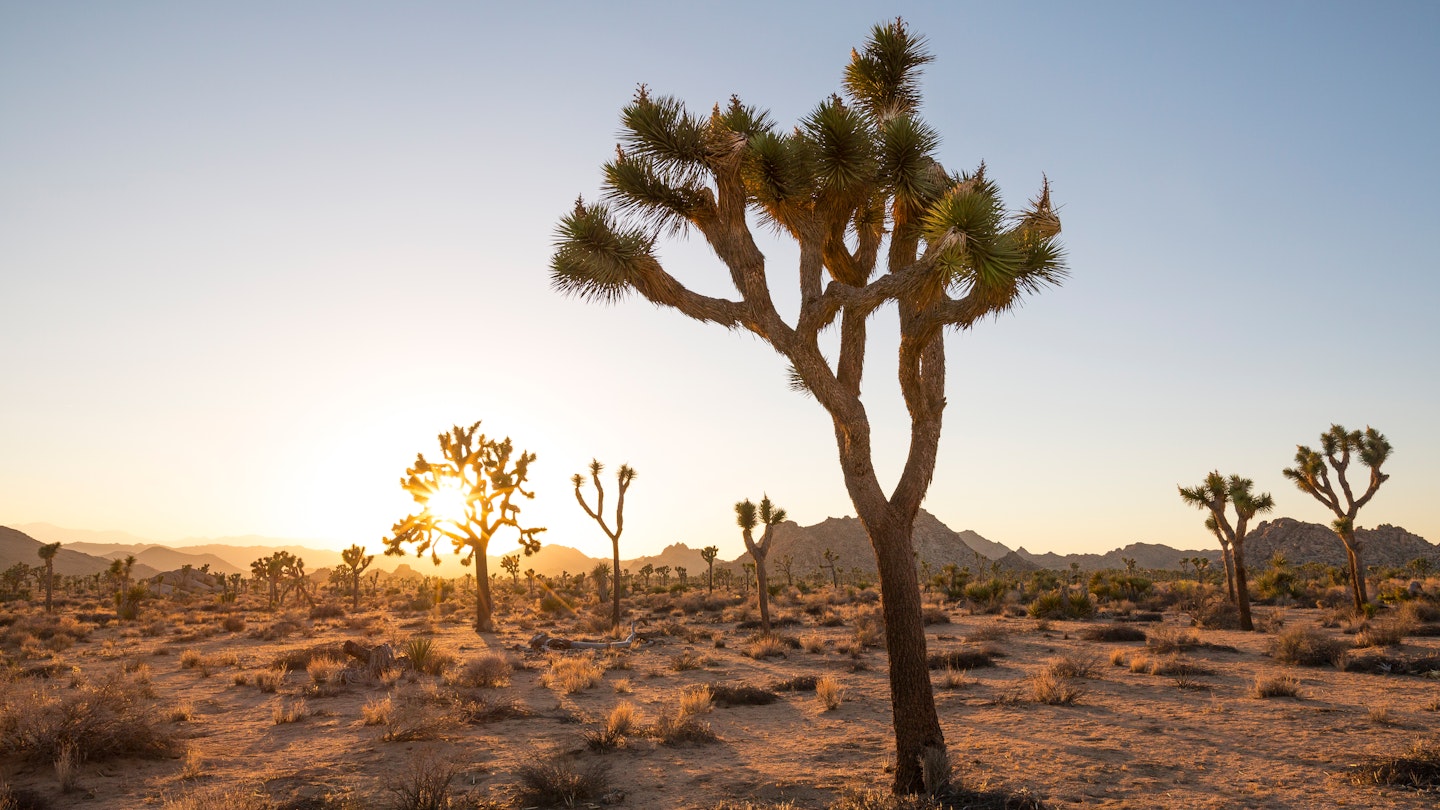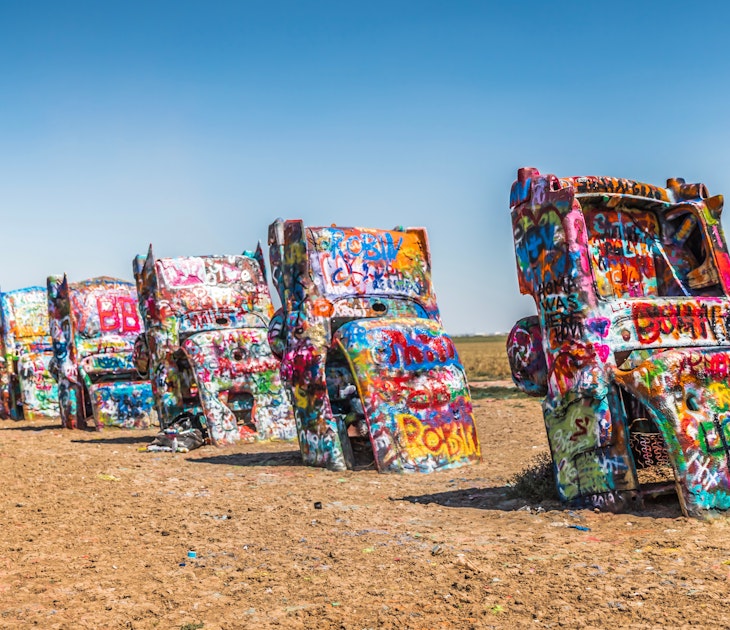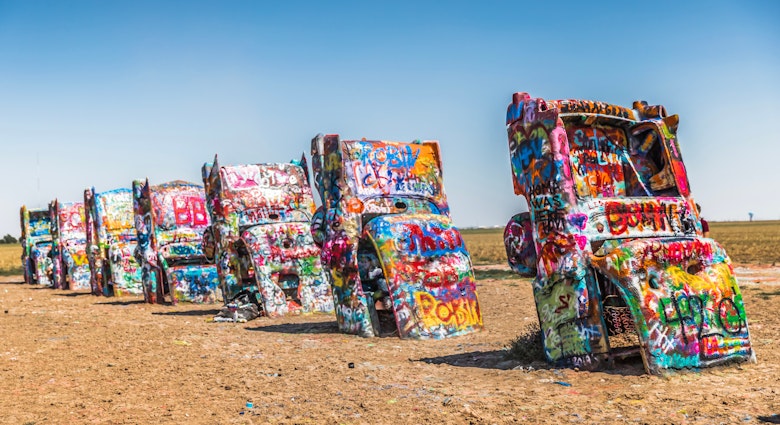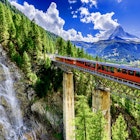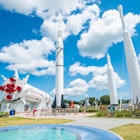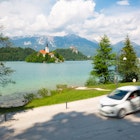Ask a dozen different people what they love most about Joshua Tree National Park, and you’ll get a dozen different answers. For some, it’s all about the trees. For others, photographing the Milky Way tops the list. For me, it is the Chasm of Doom, a bunch of piled up boulders wedged within a tunnel-like slot canyon.

'This is the most epic place for climbing rocks,' says park ranger Christian Delich.
What makes it so special? For starters, its entrance along the Hidden Valley Nature Trail is well concealed. I only found it because I was tagging along with a seasoned pro. It is also the exact opposite of what you think you’d find in the High Desert. Forget tumbleweeds, sunshine and wide-open spaces: The Chasm of Doom is a series of dark boulder tunnels with extremely tight squeezes that have a tendency to turn adults into giddy 5-year-olds.
The narrow entryway, in fact, involves hoisting yourself up a staircase of boulders that start out small and eventually top out at SUV size. You must squeeze through cracks, jump off of boulders and employ climbing-up-a-chimney type of maneuvers. Not to mention, there’s a section affectionately known as the Birthing Canal or The Coffin. The best way to get through this area is to plop down on the dusty desert floor, then, slide your legs beneath a massive boulder (wedged between other boulders and suspended a few feet above you) and inchworm along on your back.

As we make our way through the maze of monzogranite, it hits me: Joshua Tree National Park is so much more than meets the eye. Sure, I expected to be scrambling; this park is a rock climbers mecca, after all. But I didn’t expect to be exploring an awesome cave-like structure.
I’m also stunned by the variety of life that exists here. Thanks to the varied elevation almost 800 species of plants grow in the park. On the hike to the Chasm we spot everything from prickly pear cacti to pinyon pines. Plus, desert willows, junipers and, my favorite, the teddy bear cholla, which can grow taller than humans.
And then, there’s the unexpected wildlife – about 57 mammal species, roughly 46 different reptiles and 250 types of birds. If you only spend time in the park during the day, you will miss out on most of the park’s residents. Sure you’ll see bunnies, birds, lizards and a chipmunk or two. But at dawn and dusk, it’s a whole different story. That’s when bighorn sheep, coyotes and black-tailed jack rabbits make a cameo.
In other words, a quick drive through the park just doesn’t do it justice. To really get to know Joshua Tree, you must dig a little deeper. And perhaps go with a guide.

Further reading: Joshua Tree National Park is turning 25: here's how to celebrate
What's the deal with the trees?
The Joshua trees have been around since the Pleistocene epoch when giant sloths and woolly mammoths roamed these parts. With furry looking trunks and haphazardly angled limbs, they are a sight to see.
'They live about 150 years on average depending on where they are growing,' says Delich. 'In an area that gets more reliable precipitation, they grow faster. Like in the northwestern part of the park where it’s the wettest, the trees do really well there.'
'Why do some of them reach toward the ground like that?' I ask.
'No one can tell you why they look so strange,' he says with a laugh.
To spot the thickest forest of Joshua trees, we drive out to the Keys View. At the lookout, we can see the Little San Bernardino Mountains, Coachella Valley and the San Andreas Fault. On a really clear day, it’s possible to see Signal Mountain in Mexico. As we climb back into the car we discuss what the future holds for the beloved Joshua trees.
'Our emissions right now are at a little over 400 parts per million for CO2,' he says. 'If it’s business as usual up until 2100 that number is going to be really high, and it doesn’t bode well for Joshua trees. If it gets warmer they’d have to have to retreat north.'
'They may not be found here in a hundred years,' he says. 'But most likely there will be far less of them in the national park; that’s what the models are saying.'
Sad, indeed. However, just because they might not do well at Joshua Tree National Park in the future doesn’t mean they can’t thrive in other places.
'Most people believe that they only grow here,' he adds. 'But that’s not the case; they do grow in four different states—here, Arizona, Nevada and Utah.'
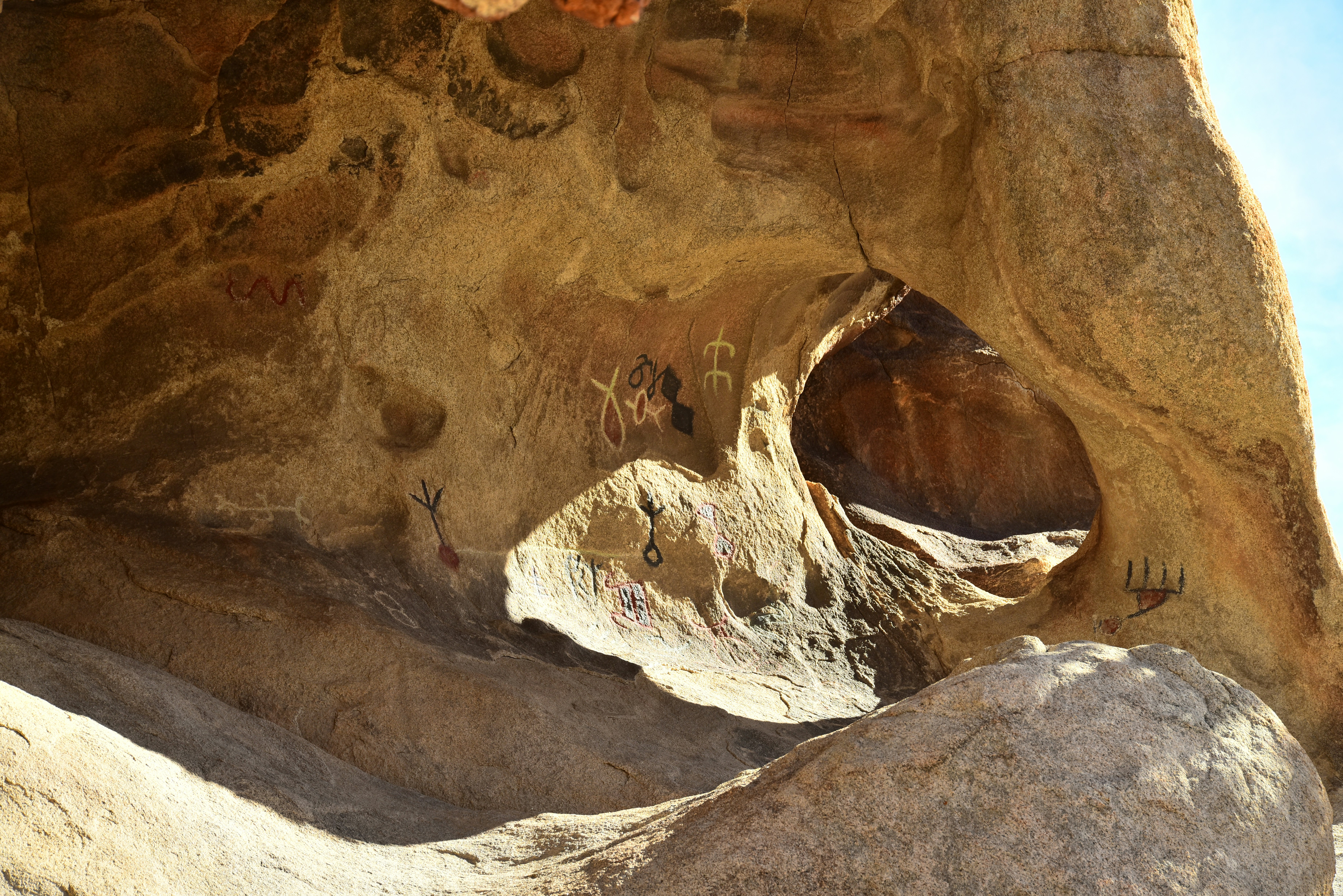
History of the land
Before Joshua Tree was declared a national park, many people called it home. About 8,000 years ago this area is where Paleo-Indians were believed to have lived. The Mojave, Serrano, Chemehuevi and Cahuilla people all used areas within and around the park for many generations and many still make their homes near the park. Visitors can see native art in many places in the park in the form of rock pictographs and petroglyphs. And people are still sighting previously undocumented petroglyphs.
'The Oasis of Mara at headquarters in Twentynine Palms is a really important site to them (Native Americans),' says Delich. 'Their ancestors have lived there for thousands of years. So anytime we make a management decision in that area we consult them.'
By the time the 1800s rolled around, miners had moved to the area in search of gold.
As we walk along the Barker Dam Loop it’s easy to take a step back in time and picture miners and cowboys passing through.
In 1994, the Desert Conservation Act expanded the park and gave it national park status. That bumped up the visitation and now nearly 3 million people visit each year.

A wonderland of rocks
As Delich and I sit in the shade of a giant rock formation, I dream up things to do on my next trip to the park — a night sky photography workshop, camping with friends and a day of scrambling through the Wonderland of Rocks, which Delich reminds me is best to do with a guide. It’s meant for expert hikers with excellent map and compass skills.
One of his all-time favorite experiences in the park was the first time he scrambled to the Astrodomes, steep rocks that offer an overwhelming view of the Wonderland’s 12 square miles of rocks.
'You could call this entire park the Wonderland of Rocks,' he says. 'And it would be a very fitting name.'
I wholeheartedly agree. Joshua Tree is a weird and wonderful place worthy of our attention.
